Past and Present: Manhattan Beach’s "Apartcot" Bungalow Colony
A look at Brooklyn, then and now. Ah, summertime in New York City as enjoyed at a bungalow by the sea! A chance to get away from the heat and crowding of the city. An opportunity to feel the salty breezes of the Atlantic Ocean waft over you as you sit in a lawn chair…
A look at Brooklyn, then and now.
Ah, summertime in New York City as enjoyed at a bungalow by the sea!
A chance to get away from the heat and crowding of the city. An opportunity to feel the salty breezes of the Atlantic Ocean waft over you as you sit in a lawn chair on your own porch in front of your own little cottage, only a block or less from water.
Who wouldn’t want that? But who could afford it in New York City, unless you were rich?
Brooklyn has always had some great beaches. When Coney Island, Manhattan and Brighton Beaches became Brooklyn’s Riviera in the late 19th century, it looked as if only the rich swells would get to enjoy the sun and sand.
They flocked to the shore to stay in enormous luxury resort hotels where they were waited on hand and foot. They were entertained by John Philip Sousa and his marching band, and feasted on food from the finest chefs in the city.
But that all ended when Coney Island became a working-class amusement park. The rich abandoned the hotels for quieter places on Long Island or the Jersey Shore, and eventually the big hotels either burned down or were torn down.
Developers realized that there was opportunity here. Clearly, the working class wanted to enjoy the ocean as much as any upper class family did. If they built it, they would surely come.
But the question was how to build efficiently and cheaply. The answer was found in watching Henry Ford’s cars roll off the assembly lines – mass production.
1919 construction photos by William D. Hassler, from collections of the New York Historical Society
Bungalow colonies developed in several beach communities in New York. Harding Park in the Bronx, Far Rockaway In Queens, Cedar Grove on Staten Island, and Brighton Beach, Sheepshead Bay, and Manhattan Beach in Brooklyn, to name a few.
They were all built for working- and middle-class folks. The bungalows were all small, set very close to each other, weren’t in the least bit fancy, and didn’t cost a whole lot to build. For those who were able to rent or buy one it was a New York slice of heaven.
Our “Past” photograph shows the building of one of these bungalow colonies – one with an unusual name. These houses in Manhattan Beach were called “Apartcot” bungalows, a play on “apartment and cottage.”
They were built and marketed by a large Brooklyn/Queens developer named Joseph P. Day, vice president of the First Apartcot Corporation.
In 1919, First Apartcot had plans to build 1,000 of these little bungalows in Manhattan Beach. The first group of 34 was centered on Norfolk Street, between Oriental and Shore Boulevards. They were finished in July of 1919, with 32 more finished nearby a month later.
The cottages were made of concrete and were all one story. They were small, only 20 by 35 feet. Each cottage had a living room, a dining room, two 10-foot-by-10-foot bedrooms, a full bathroom and a sleeping alcove over the living room.
The exteriors of the cottages were washed with concrete and painted white. The asphalt slate roofs were painted red on one side of the street and green on the other. The bungalow blocks had concrete sidewalks and paved streets. Each house had a paved driveway ending in a garage, and the lots were 25 feet wide.
The concrete walls were thick. The interior walls were covered with the new gypsum board now gaining popularity with builders, and painted. The floors were hardwood over a wooden subfloor. There was cypress wainscoting and casings throughout the houses.
1919 ad, Brooklyn Eagle
The first groups of houses were meant to be rentals, and were furnished with furniture purchased from the US Army — surplus from officer’s quarters from wartime bases.
The plan was to test the Apartcot bungalows with customers, and continue to build. The second group of houses was winterized, so they could be lived in year round. The houses didn’t face the open sea — the streets opened onto the Sheepshead Bay inlet, with the Atlantic Ocean behind them. But still….
1919 ad, Brooklyn Eagle
The houses were advertised in the Brooklyn papers during the summer of 1919. The ad above offers them for $600 each for the season.
Day called his little village “Spotless Town.” The immaculate little houses with their identical porches, chairs and flowerboxes were snapped up by summer renters, and most of them never left, living there year round.
It seems that the thousand cottages Day envisioned never panned out. Only the two initial groups were built – two full blocks of houses on Oxford and Norfolk Streets, and two corresponding blocks on Shore and Oriental Boulevards, about 70 houses in all.
The collections of the New York Historical Society include over a dozen photographs of these Apartcots being built in the sandy ground of Manhattan Beach.
The photos were taken by William D. Hassler in 1919. Hassler took hundreds of photographs for Day’s real estate business, and his collection is a wonderful window into Brooklyn’s ordinary architecture in the early 1920s.
So what became of these greatly hyped cottages? A look at Google Maps and PropertyShark shows us the fate of these small bungalows. There aren’t many left, perhaps two dozen, if that.
Norfolk Street via Google Maps
Over the years, all of the bungalows were adapted to year-round use. Many owners put additions on the back, even if it meant losing the garage. Many also changed the facades, adding or subtracting porches, windows, etc. Some people added another story.
But the majority of them were prized for the land they stood on. They were torn down, and much larger houses were built on the 25-foot lots.
Norfolk Street via Google Maps
The remaining bungalows look like children’s playhouses next to the much larger houses that have been constructed on these lots. Some houses take up more than one lot, while others rise several stories higher than their bungalow neighbors.
Most of the new houses are less than 10 years old, and when the Google Maps images were taken in 2013, the blocks were full of new construction, but this may have been more due to Hurricane Sandy reconstruction than wholesale McMansion building.
Norfolk Street via Google Maps
Interestingly, the Apartcot cottages, all concrete and low slung, seem to have weathered the hurricane much better than their taller neighbors did. Perhaps Mr. Day knew something.
The remaining cottages will continue to be torn down for bigger houses, leaving only the diehards who love their tiny homes. Long may they hold out.
Norfolk Street via Google Maps
Norfolk Street via Google Maps
Oriental Boulevard via Google Maps
Oxford Street via Google Maps
Shore Avenue via Google Maps

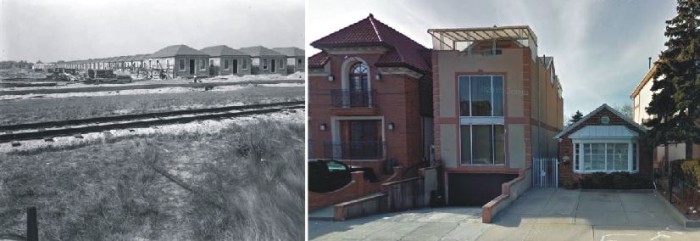

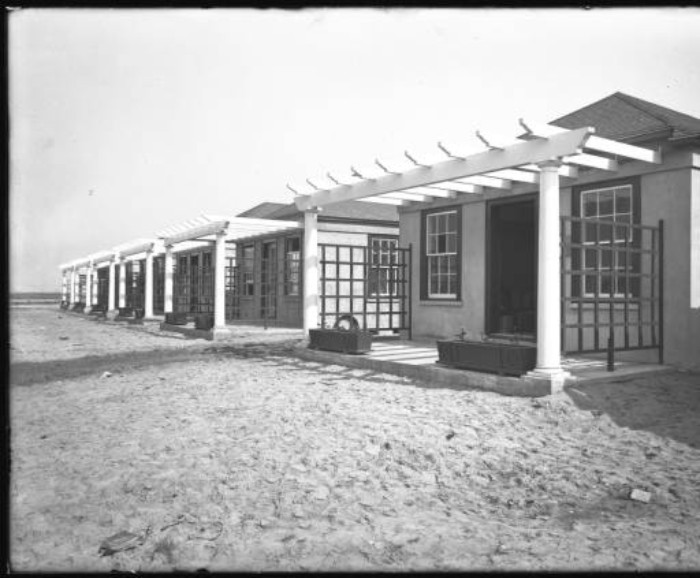
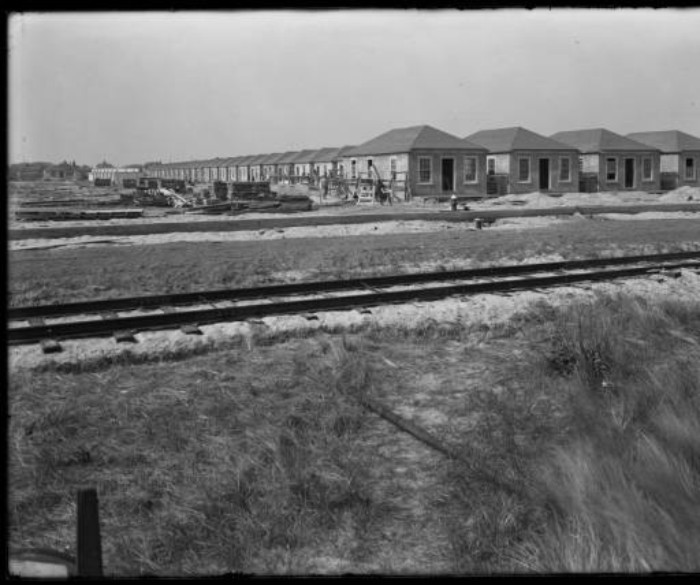
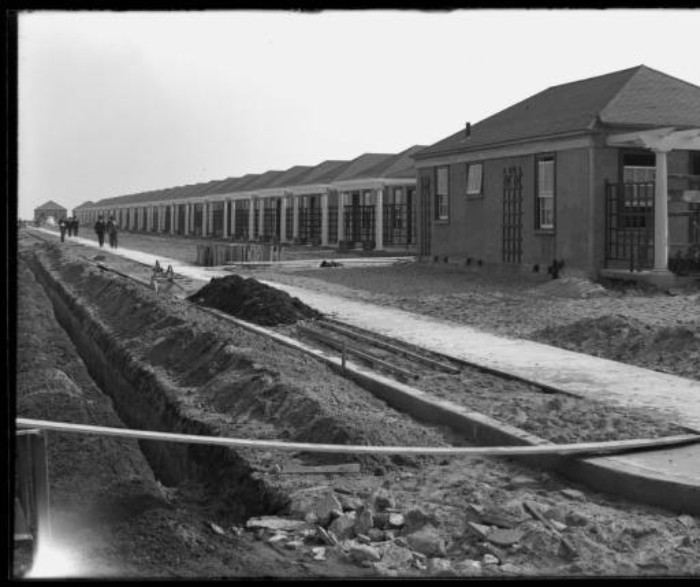
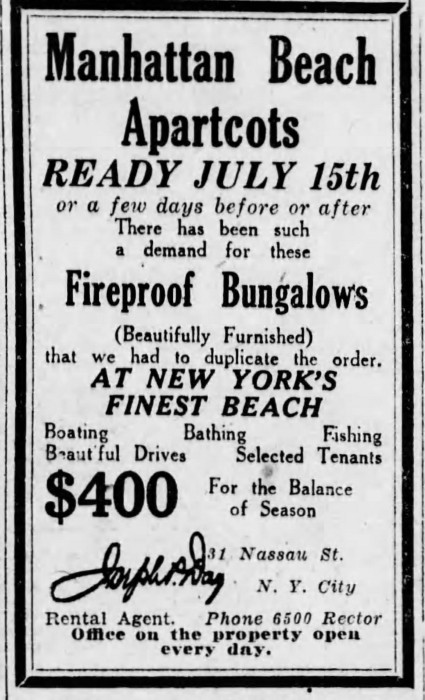
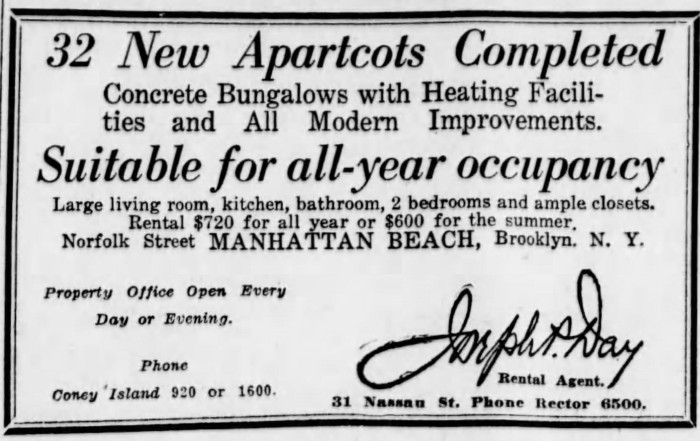
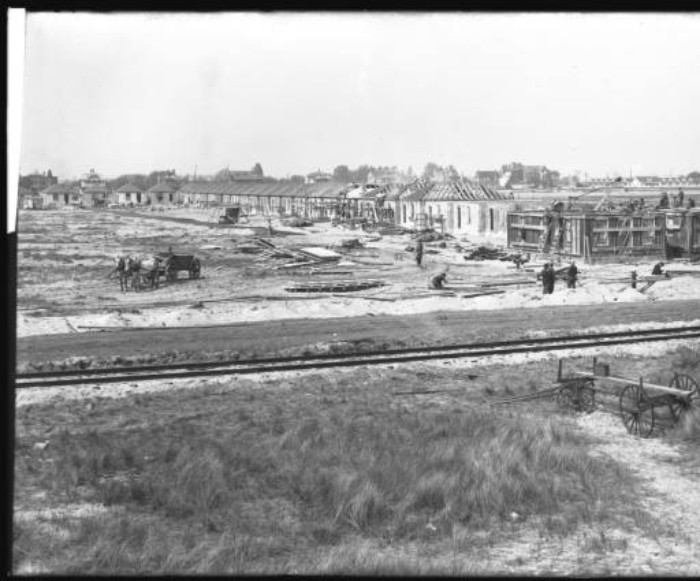
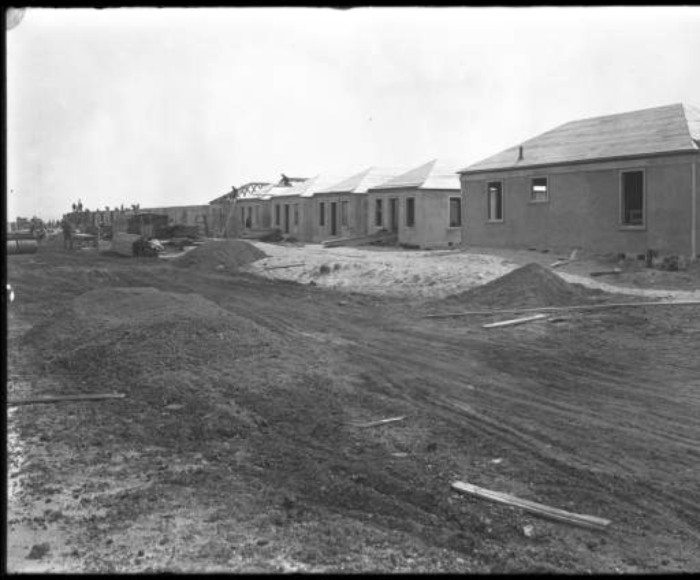
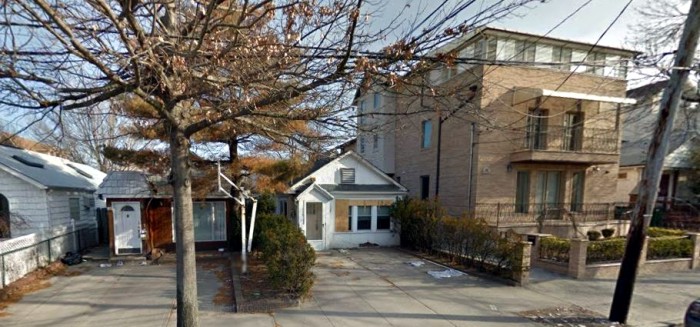
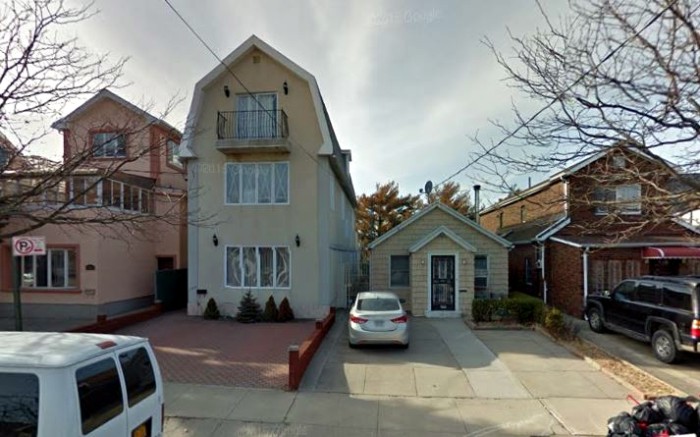
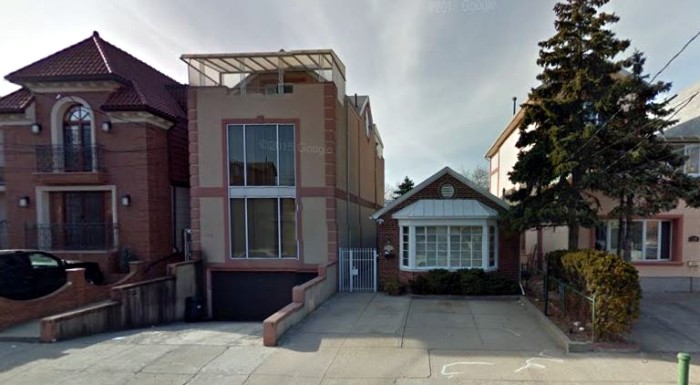

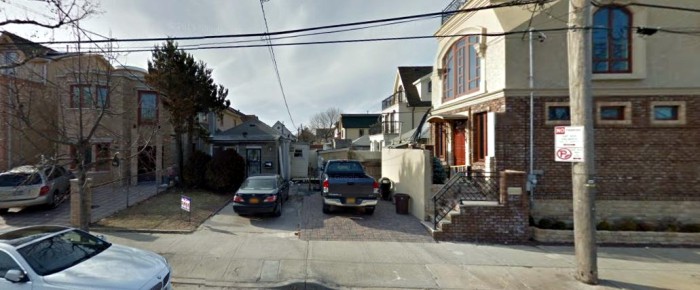
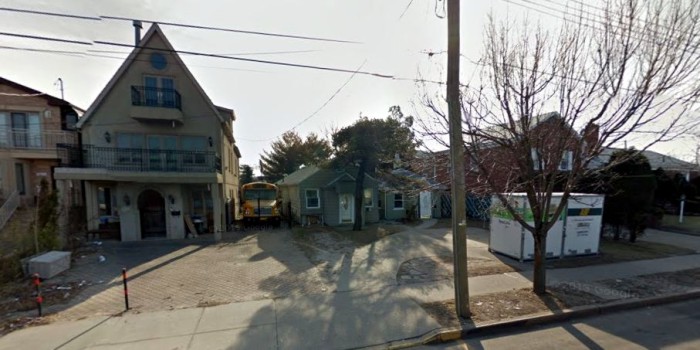
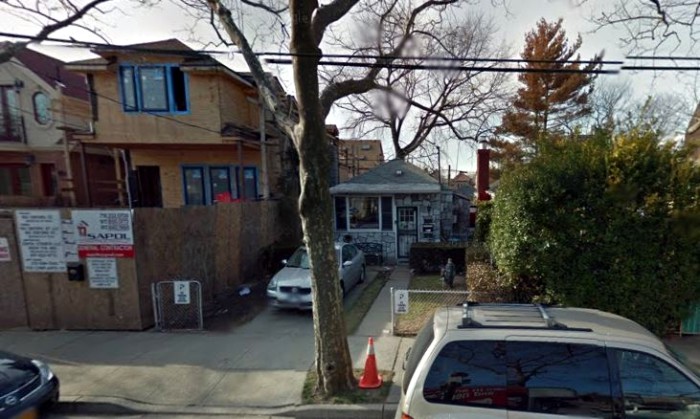
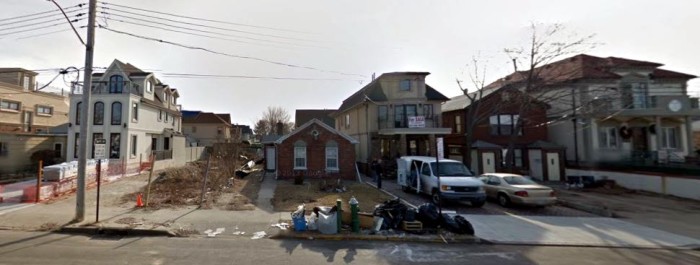




What's Your Take? Leave a Comment